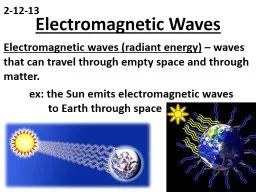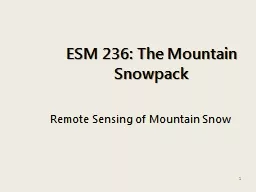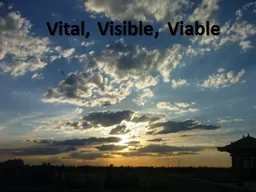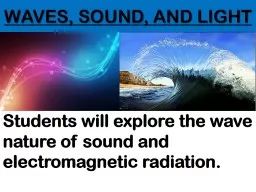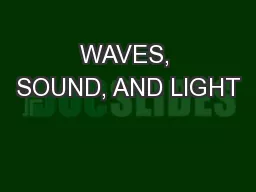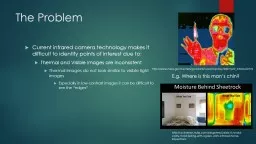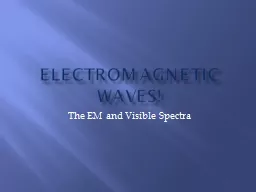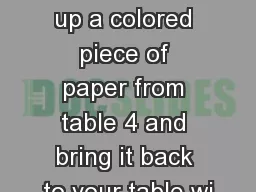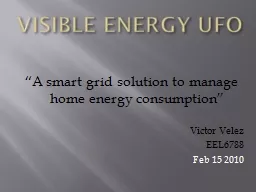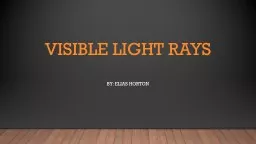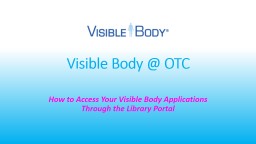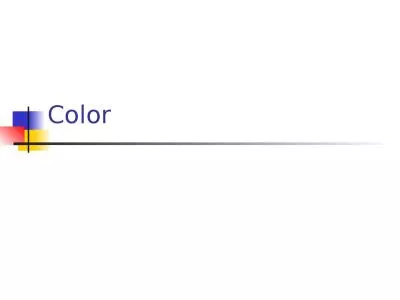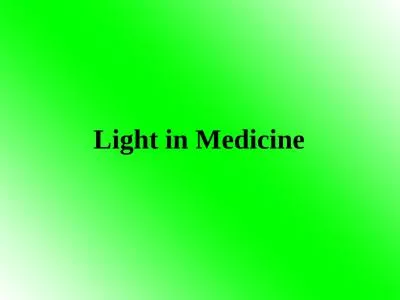PPT-Visible Light
Author : kittie-lecroy | Published Date : 2016-07-12
Sources of visible light The sun Stars Light bulbs Fireflame 21413 Lightning Fireflies Laser pointers An object is seen only when an object emits or reflects light
Presentation Embed Code
Download Presentation
Download Presentation The PPT/PDF document "Visible Light" is the property of its rightful owner. Permission is granted to download and print the materials on this website for personal, non-commercial use only, and to display it on your personal computer provided you do not modify the materials and that you retain all copyright notices contained in the materials. By downloading content from our website, you accept the terms of this agreement.
Visible Light: Transcript
Download Rules Of Document
"Visible Light"The content belongs to its owner. You may download and print it for personal use, without modification, and keep all copyright notices. By downloading, you agree to these terms.
Related Documents

